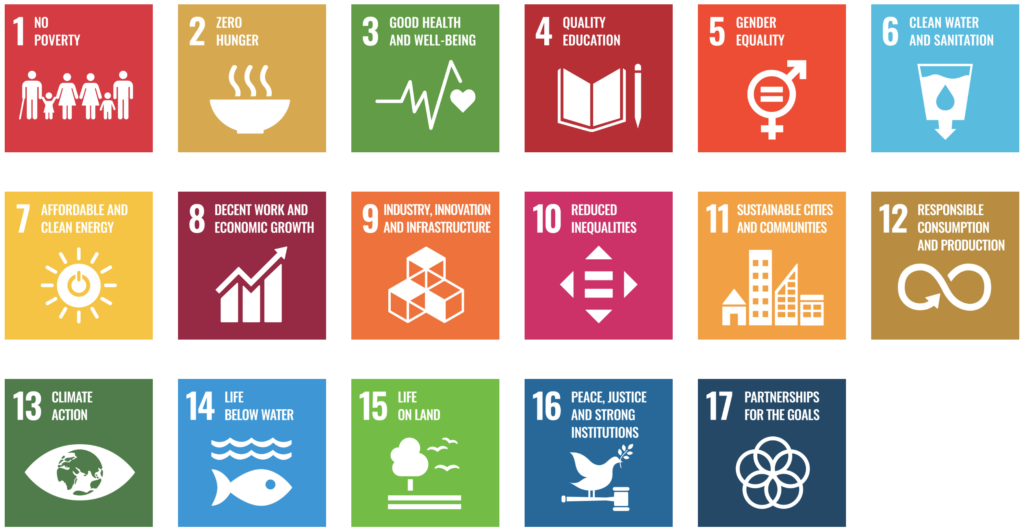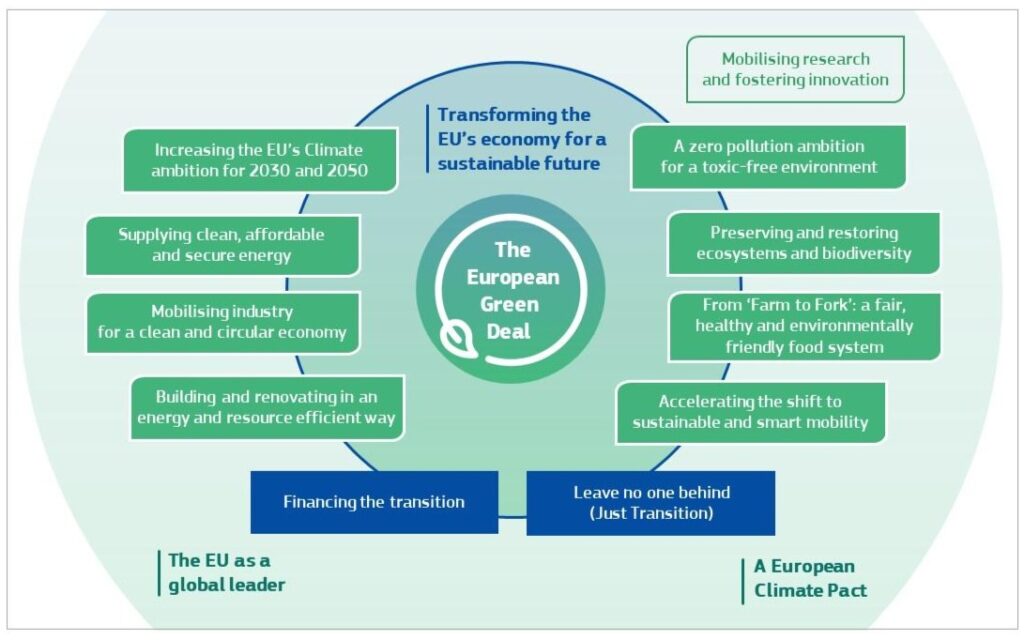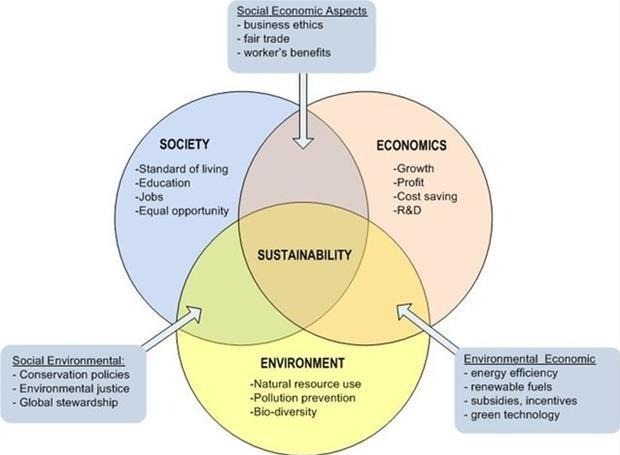In the course of our interaction design class, I have been intensively studying an interesting paper by Sophie Rose, titled „CALM: Mapping yoga practice for gestural control to externalise traumatic experiences.“ Rose’s work delves into a realm of profound significance, where the fusion of artistic expression and therapeutic intent intersects. As I delved into the intricacies of her methodology, I found myself resonating deeply with her exploration of utilizing yoga practice as a means to externalize traumatic experiences.
Rose’s approach is commendable for its thoughtful consideration of the complexities surrounding trauma and its manifestations within the body. Her journey of refining the piece, shifting from traditional yoga poses to more abstracted forms focusing on seated poses and hand movements, showcases a meticulous process of adaptation tailored to the needs of trauma survivors. This emphasis on adaptability and sensitivity to individual experiences is crucial in the realm of trauma-informed therapies.
Moreover, Rose’s critical reflection on the intersection of yoga and trauma brings to light important considerations often overlooked in mainstream discourse. Her acknowledgment of the contrasting effects that yoga may have on individuals with sexual trauma underscores the necessity of nuanced approaches in therapeutic practices. By incorporating sound elements, including her own voice and pre-recorded scream samples, Rose effectively creates a multisensory experience that encapsulates the internal landscape of trauma.
I find Rose’s challenge to conventional notions of yoga as a panacea particularly poignant. Her emphasis on the importance of proper support and individual consideration resonates with my belief in the significance of holistic and personalized approaches to healing. It is imperative to recognize that what works for one person may not necessarily be beneficial for another, especially in the context of trauma recovery.
Furthermore, Rose’s exploration of the socio-political dimensions of performance adds another layer of depth to her work. Her critique of the silencing of female-bodied performers and her utilization of extended voice techniques serve as powerful means of reclaiming agency and challenging dominant narratives. This aspect of her work highlights the potential of art to serve as a platform for social commentary and cultural critique.
In essence, Sophie Rose’s project „CALM“ stands as a testament to the transformative power of art in navigating and transcending trauma. Her innovative approach not only sheds light on the complexities of trauma recovery but also opens up avenues for further exploration at the intersection of art, therapy, and social justice. As I reflect on her work, I am inspired by the potential for creative expression to serve as a catalyst for healing and empowerment.
References
Sophie Rose. 2023. CALM: Mapping yoga practice for gestural control to externalise traumatic experiences. Proceedings of the International Conference on New Interfaces for Musical Expression.




